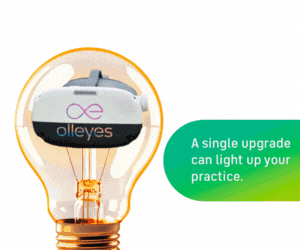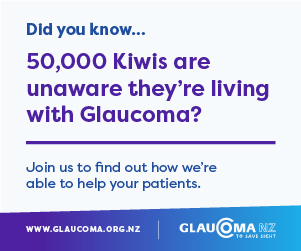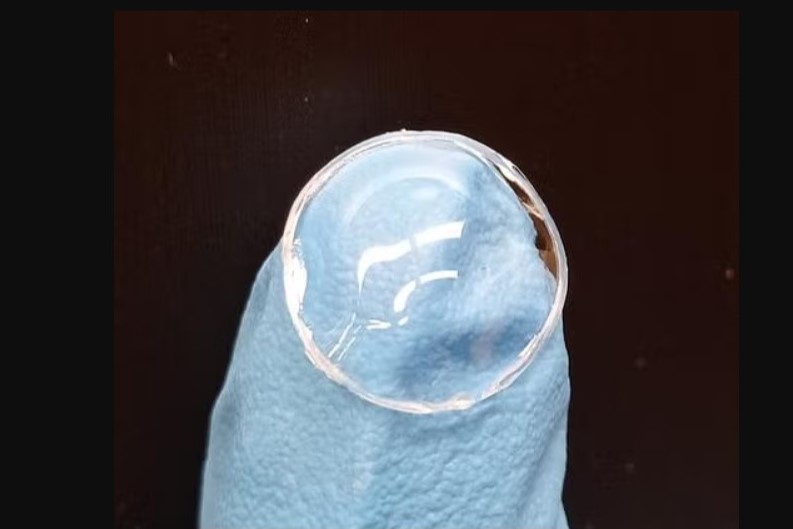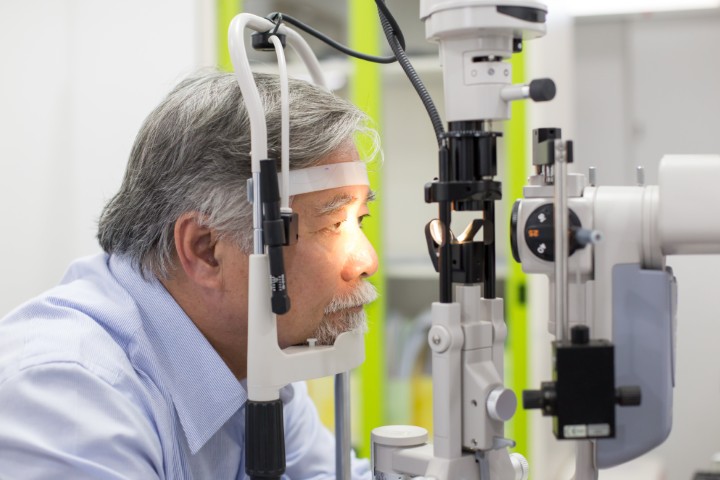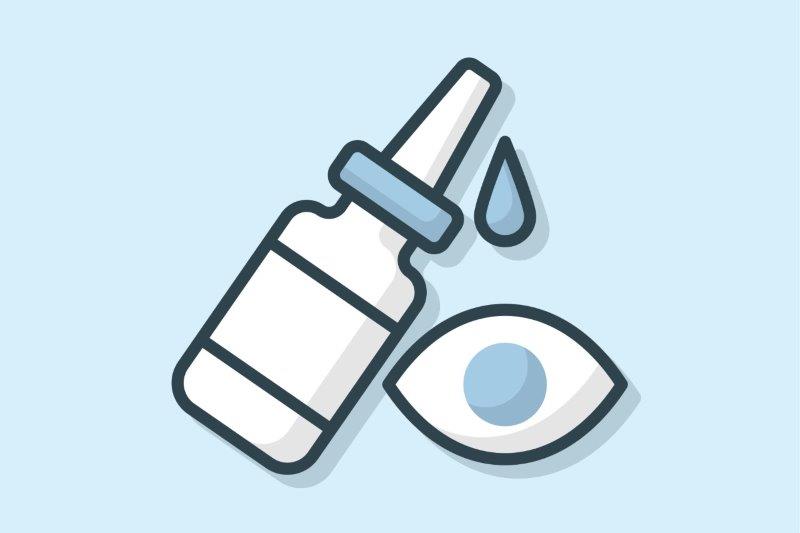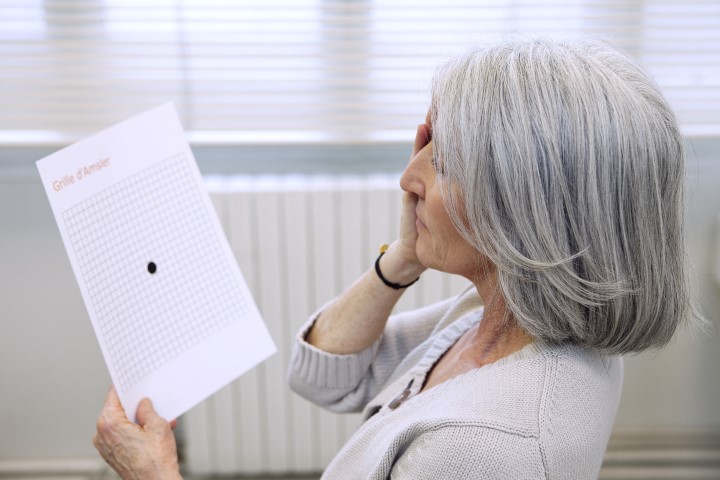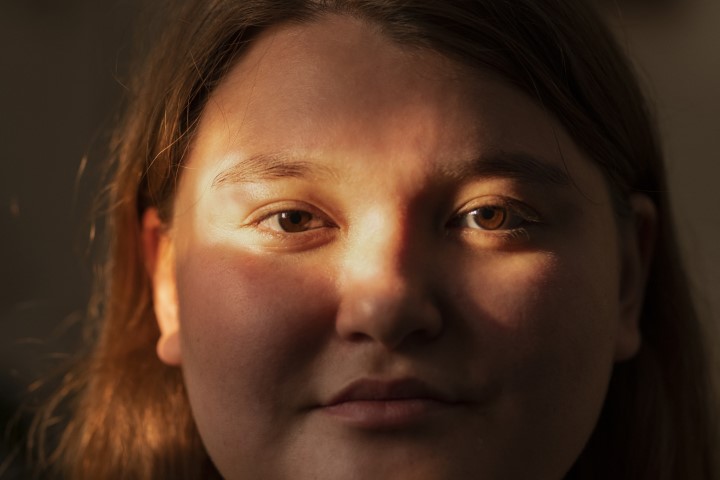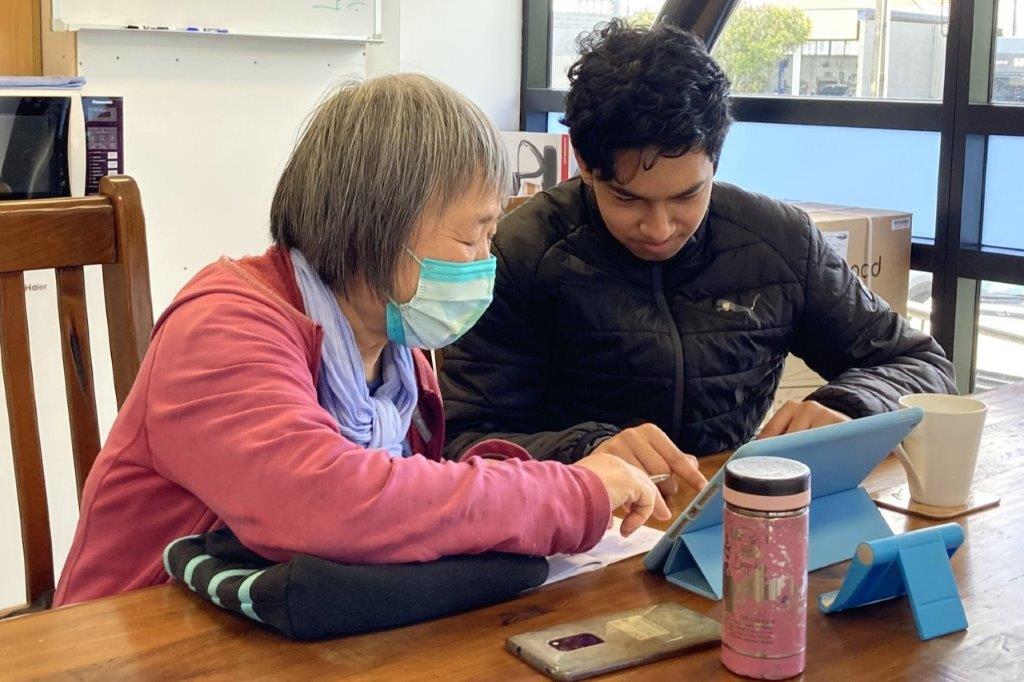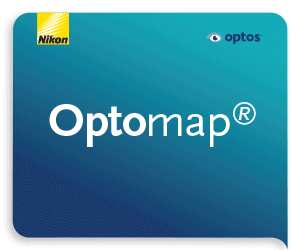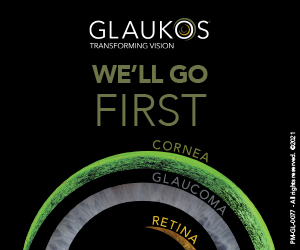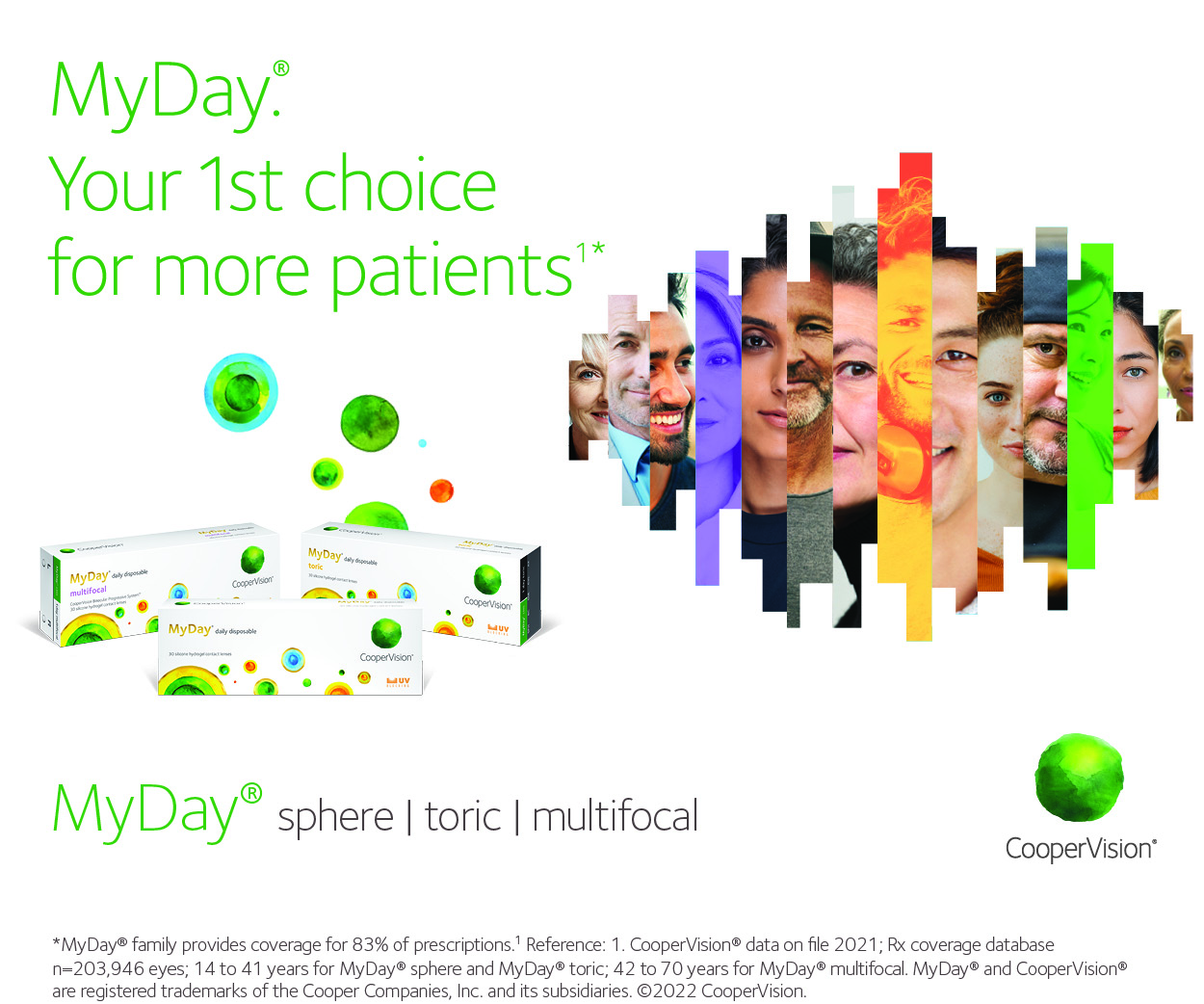Cutting-edge CL gel delivers medication
Chemistry researchers at Canada’s University of Waterloo have developed a 3D-printed hydrogel for continuous drug delivery via contact lenses (CLs).
Retaining significant volumes of water, the hydrogel is silicone-based and can help control the amount of medication a person would need, continuously delivering during CL wear.
Silicone can be challenging to 3D print, but this new hydrogel is different as it uses a special type of silicone that easily attracts water and is curable with UV light, researchers explained. After curing, the gel is both flexible and durable enough to keep its shape after being stretched and compressed, they said. “Once we knew the hydrogel had good strength and flexibility, we decided to test its ability to hold and release drugs by using amoxicillin, a commonly prescribed antibiotic for ailments related to the eye,” said the university’s Professor Shirley Tang.
The researchers found the hydrogel's macro-porous structure helped regulate the release of amoxicillin over time during lab testing. The hydrogels were also found to be injectable and extrusion printable, meaning they could easily be printed onto a CL.
“This concept is much more efficient and easier to comply with than using eye drops, which are often difficult to instil for patients and need frequent administration over the day,” said Professor Lyndon Jones from the Centre for Ocular Research and Education, Waterloo University, Canada.
Investigating shelf-life of the hydrogel material, the team found the drug encapsulation was “exceptionally stable” after a month.





